堆叠育苗托盘以实现节省空间的温室布局
2025-08-24 18:22:56
充分利用温室空间
温室的设计是为了创造一个最佳的生长环境,但无论大小,占地面积往往都很有限。希望在不建造更大结构的情况下进行扩张的种植者通常会通过一种简单的策略找到解决方案:堆叠苗木托盘。
通过垂直提升托盘,种植者可以最大限度地利用温室的每个角落,同时确保幼苗仍能获得所需的水、光和气流。通过适当的规划,堆叠托盘不仅可以节省空间,还可以提高效率和育苗成功率。
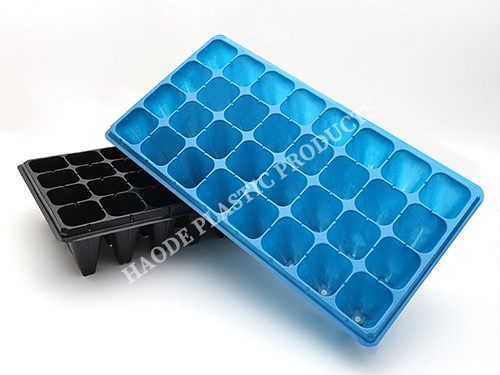
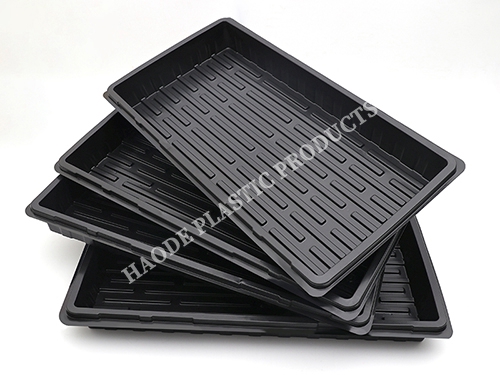
为什么要堆叠育苗盘?
向上而不是向外生长为温室操作创造了几个优势。
·更高的种植密度:同一区域可以种植更多的幼苗。
·更干净的布局:垂直组织减少了温室长椅和地板上的杂乱。
·高效利用资源:灌溉和照明系统可以设计为同时服务于多个层次。
·简化工作流程:有组织的堆叠有助于种植者以更少的浪费精力访问和管理托盘。
托盘堆放时应避免的陷阱
虽然堆叠可以改变游戏规则,但它也带来了挑战。许多种植者会犯一些本可避免的错误,损害植物健康:
1.光线分布不足将托盘堆叠得太近会阻碍阳光照射到较低的地方。
2.空气流通不良过度拥挤限制了通风,增加了湿度,并助长了真菌问题。
3.不稳定的堆放结构超载的货架或不平衡的托盘可能会倒塌,损坏植物。
4.难以接近的托盘堆放得太高或排得狭窄,给浇水和疏伐带来不便。
规划高效的温室布局
1.测量可用高度和通道宽度
了解温室尺寸有助于您选择在不堵塞通道的情况下可以安全堆放多少层幼苗托盘。
2.选择正确的托盘
并非所有托盘都是为堆叠而建造的。寻找侧面加固的托盘或专门设计用于堆叠时互锁的托盘。
3.整合货架或货架系统
坚固、耐腐蚀的机架使托盘安全有序。可调节的货架为不同的作物提供了灵活性。
4.平衡光影
排列堆叠,使光线均匀穿透。补充的LED生长灯可以弥补较低的托盘。
5.确保充分通风
应合理放置风扇或通风口,以在堆叠层之间移动空气,并控制湿度。
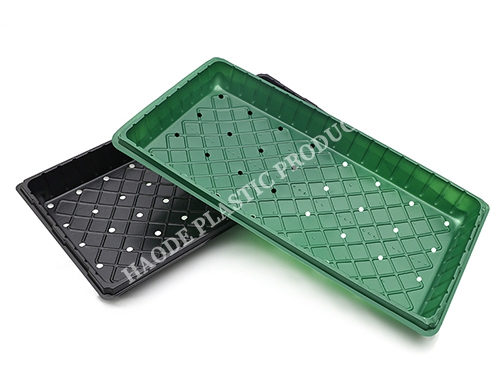
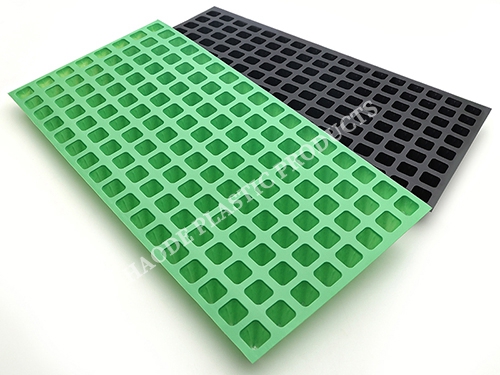
堆放育苗盘的最佳实践
·明智地浇水:使用底部浇水或滴灌系统,以防止水分不均匀。
·旋转托盘:如果光线不均匀,旋转可确保生长一致。
·标签清晰:多个托盘堆叠在一起,清晰的标签避免了移植过程中的混淆。
·保持卫生:在种植周期之间清洁托盘和架子,以防止疾病积聚。
·设置堆放限制:不得超过安全高度;优先考虑安全和工厂可达性。
超越节省空间
堆叠托盘不仅可以节省空间,还可以直接提高幼苗质量和温室效率。有组织的垂直系统得到改善:
·通过更好的控制环境实现生长均匀性。
·用更强壮、更稳定的幼苗做好移植准备。
·通过保持托盘有序和易于管理来提高劳动效率。
·可持续性,因为种植者不需要更大的结构就能最大限度地提高产量。
结论:使用育苗盘更智能地生长
温室种植是关于平衡的——在有效利用可用空间的同时,为植物提供合适的环境。堆叠育苗托盘是一种实用的解决方案,可以将有限的占地面积转化为高效的垂直系统。
如果操作得当——通过适当的托盘选择、照明调整和通风——堆叠可以提高幼苗的健康状况和工作流程效率。这不仅仅是一种节省空间的方法,也是一种支持更健康的作物并最大限度地发挥温室潜力的策略。
通过优先考虑周到的堆叠布局,种植者为幼苗提供了所需的良好开端,同时创造了一个更清洁、更高效的温室环境。
参考文献
GB/T 7714:Blok C,Jackson B.E,Guo X,等.在水基栽培系统中,灌溉率和分配并不总是能满足植物对水、养分和氧气的最大吸收量[J]。植物科学前沿,2017,8:562。
司法协助:Blok、Chris等人。";在水基栽培系统中,灌溉率和分配并不总是能满足植物对水、养分和氧气的最大吸收。&“;植物科学前沿8(2017):562。
APA:Blok,C.,Jackson,B.E.,Guo,X.,De Visser,P.H.,&;马塞利斯,L.F.(2017)。在水基栽培系统中,灌溉率和分配并不总是能满足植物对水、养分和氧气的最大吸收。植物科学前沿,8562。
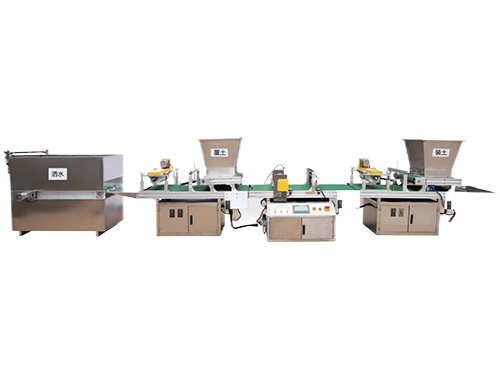
采用电气一体化,按触摸屏上全自动按钮一键启动,穴盘放在传输带上...
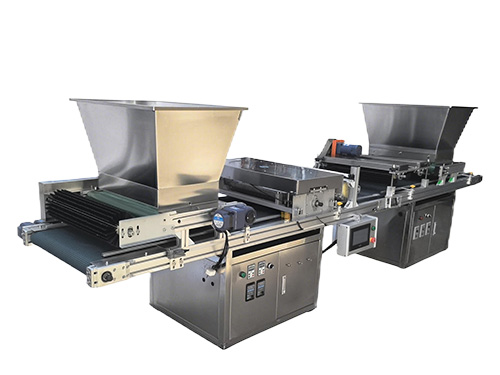
XP750型 播种机性能稳定,品质量优良良,操作简单便捷,高速细致。...
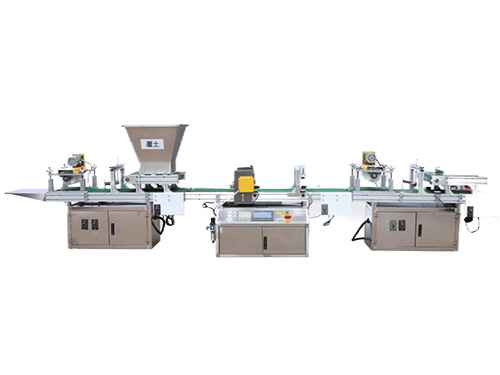
采用电气一体化,按触摸屏上全自动按钮一键启动,穴盘放在传输带上...
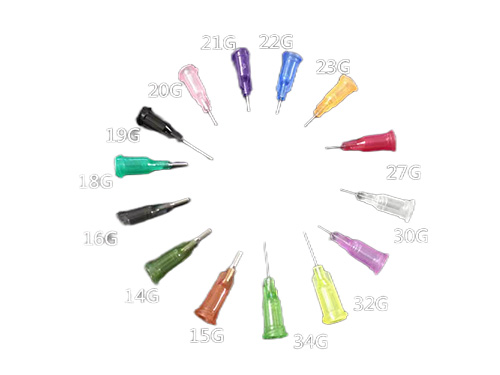
针头清单吸种嘴型号 不同型号 播种种类不同...
